Hairballs, Be Gone: What You Can Do To Alleviate Hairball Issues With Your Cat
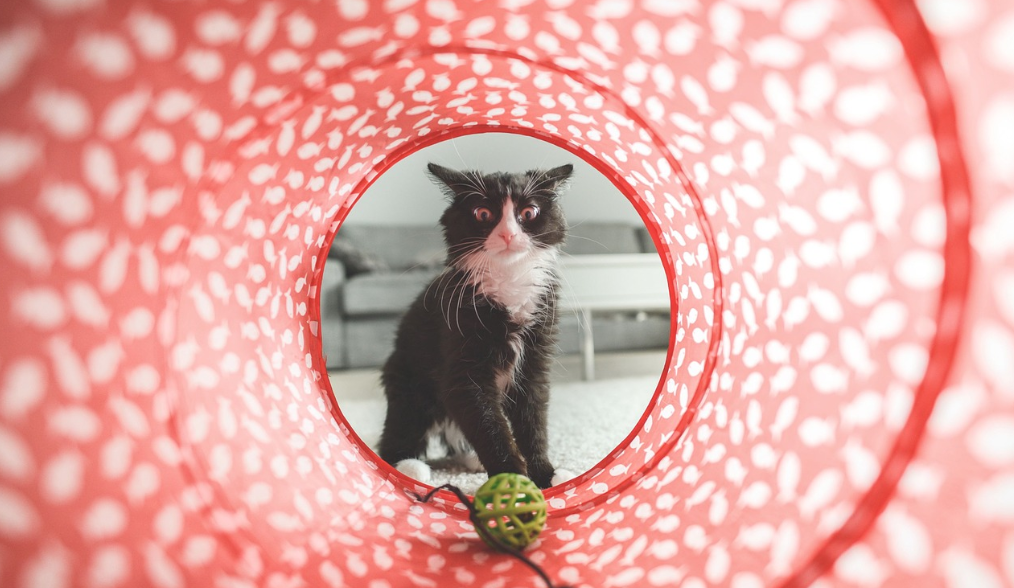
What You Can Do To Help Your Cat With Hairballs
What Are Hairballs?
If you’re a cat lover, you’re probably aware that cats spend a large amount of time grooming, and with grooming comes hair ingestion. Sometimes, the hair passes through their digestive tract without any issues. However, hair is not digestible, and every now and then it builds up in cats’ guts. When cats cough up the excess hair, a hairball is formed. Unfortunately, there is no way to avoid hairballs, but there are some things you can do to reduce the quantity of hair ingested.
How to Help Your Cat
-
Healthy Oils
Add a teaspoon of Omega-3 fatty acid oils to your cats’ food every few days. These healthy, nontoxic oils grease cats’ intestinal tracts, helping hairballs pass smoothly. Not only do omega-3 supplements alleviate cats’ hairballs, but they also support cardiovascular health, reduce inflammation, and sustain overall well-being.
-
Brushing
Regular and thorough brushing can keep the amount of loose hair on cats to a minimum, reducing the amount of hair your cat ingests when self-grooming. Not to mention, most cats love these pampering sessions. With regular brushings, you’ll have a happy cat with fewer hairballs.
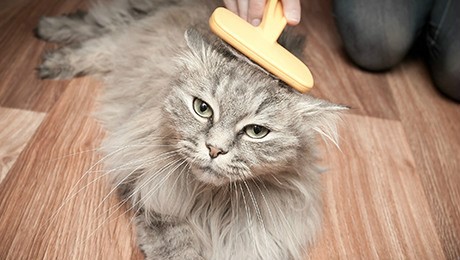
-
Buzz Cut
Cats with longer, voluminous hair are more susceptible to larger and more frequent hairballs. It follows that the less hair on a cat, the less hair they can ingest. Thus, a buzz, or lion, cut is another solution to excessive hair ingestion. If you have a cat with a long coat, consider keeping their hair short to minimize hairballs.
Though giving your cat a trim might reduce the hairball problem, you might want to consult a vet or cat groomer about how it will affect them. Certain breeds have natural temperature regulation and other health considerations tied to the length of their fur.
-
More Fiber
It’s known that a little fiber can help us “go.” Well, it can also help Colonel Meow “go,” too. Adding more fiber to your cats’ diets can help them pass hairballs through their digestive tracks.
But where to get fiber for your cat? For starters, pumpkin is a great option. Pure pumpkin with no sugar or additives can help your cat regulate and thus expel hairballs more frequently. Pumpkin seeds are also high in healthy fatty acids and antioxidants, promoting their overall health. To incorporate pumpkins seeds in your cats’ diets, we recommend grinding and mixing them into their regular cat food.
-
Special Food and Supplements
There are lots of specialized cat food brands that claim to help with hairballs. These options often utilize high fiber to help hair pass through cats’ digestive tracts without a hitch. Dietary supplements may be a useful solution to keep loose hair from clotting, such as the all-natural herbal supplement HairB-ez.
-
Entertain Your Cat
Cats tend to groom themselves when they are bored. Keeping your cat engaged in other activities can reduce the amount of time they spend grooming. This will help cut down on their hairballs. So, if you needed an excuse to buy a new toy for your cat, there you go!
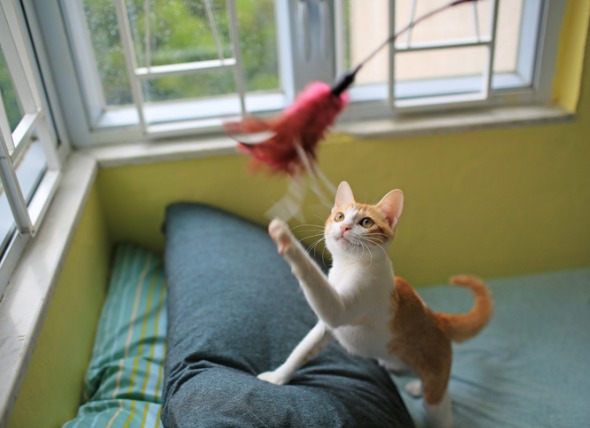
Signs of a Problem
Hairballs are a natural part of cat life, but they can also be tied to medical issues. If not passed properly, hairballs can cause a serious blockage. Monitor your cat for a swollen belly or constipation as these might indicate a serious problem, requiring professional attention. Here are a few signs to watch for:
- Hacking with nothing coming up
- Fever
- Decreased appetite
- Unusual fatigue
- Constipation
- Diarrhea
- Excessive vomiting, especially if it includes foreign objects (not food or hair)
- Dehydration
Fewer Hairballs, Happier Cat
There you have it: six ways to help your cat with their hairballs. Pick one, give it a try, and your cat will thank you for it!

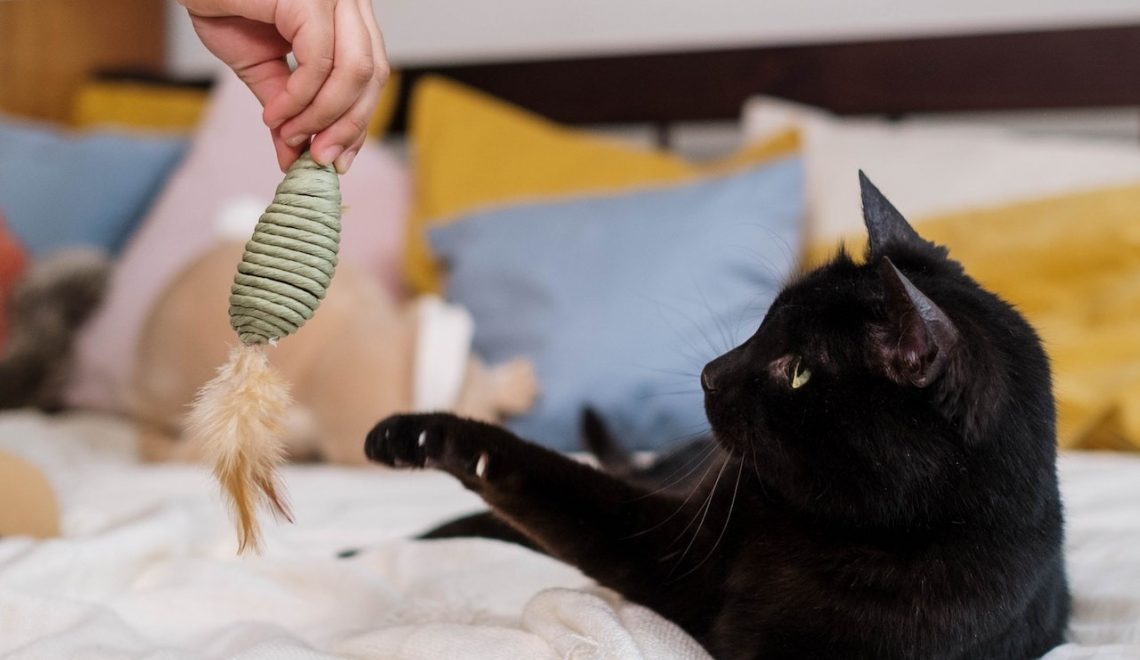

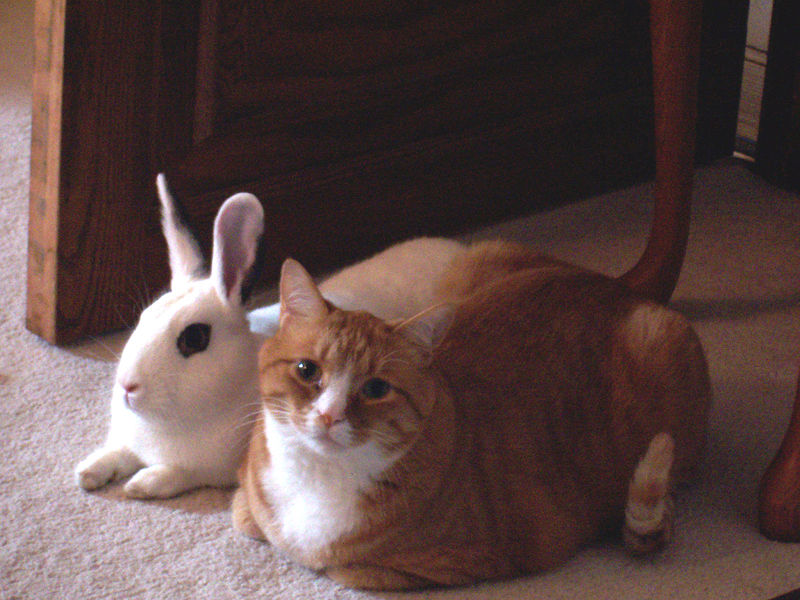





![Dj Scratch mixing some beats. 🎧 🎶 #Mewsic #KitNipBox
[via Instagram | @dharmacatnitiative]](https://www.kitnipbox.com/meow/wp-content/plugins/instagram-feed/img/placeholder.png)